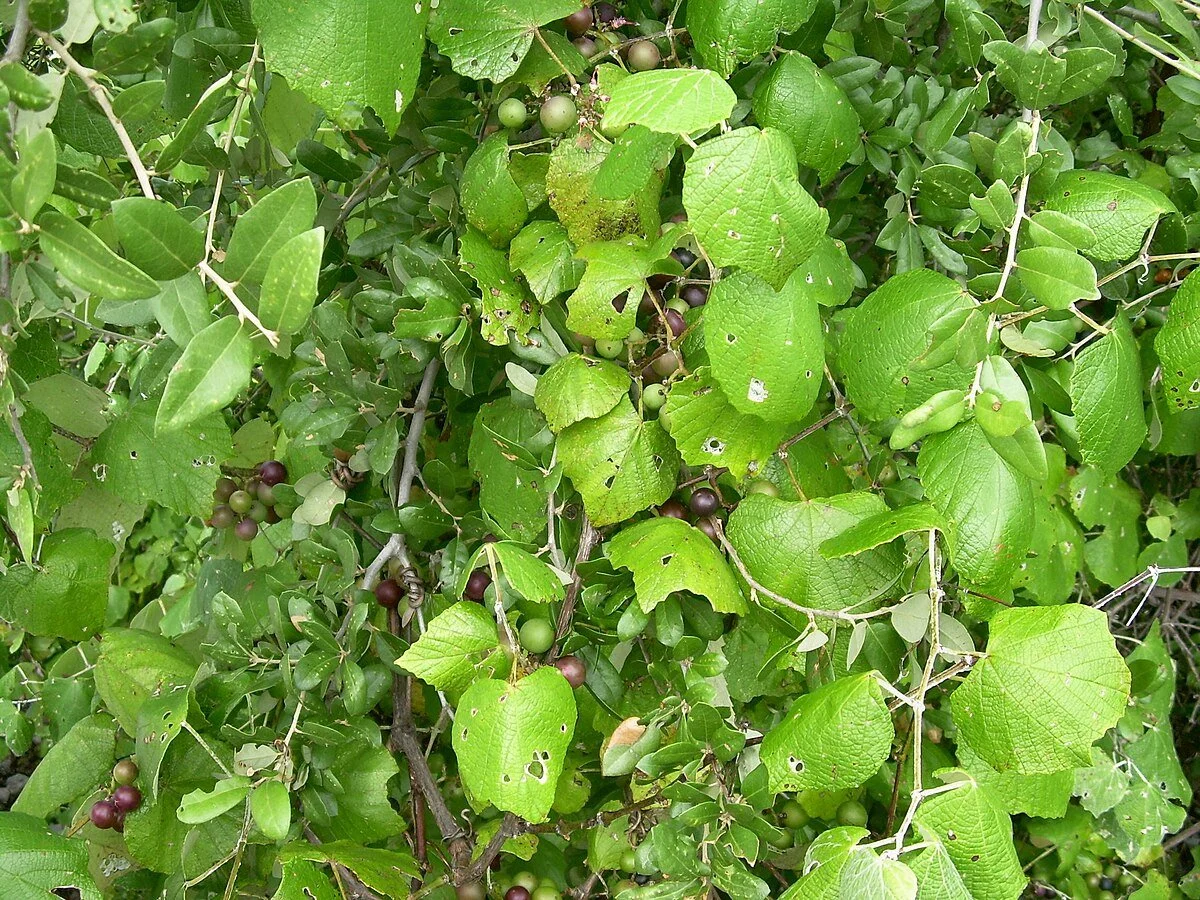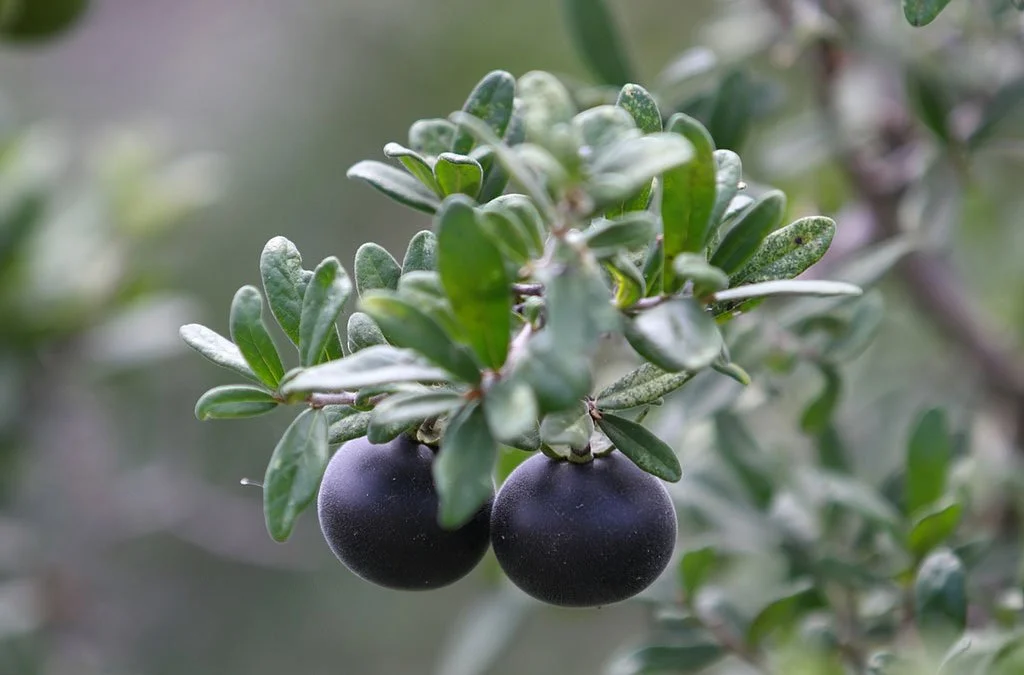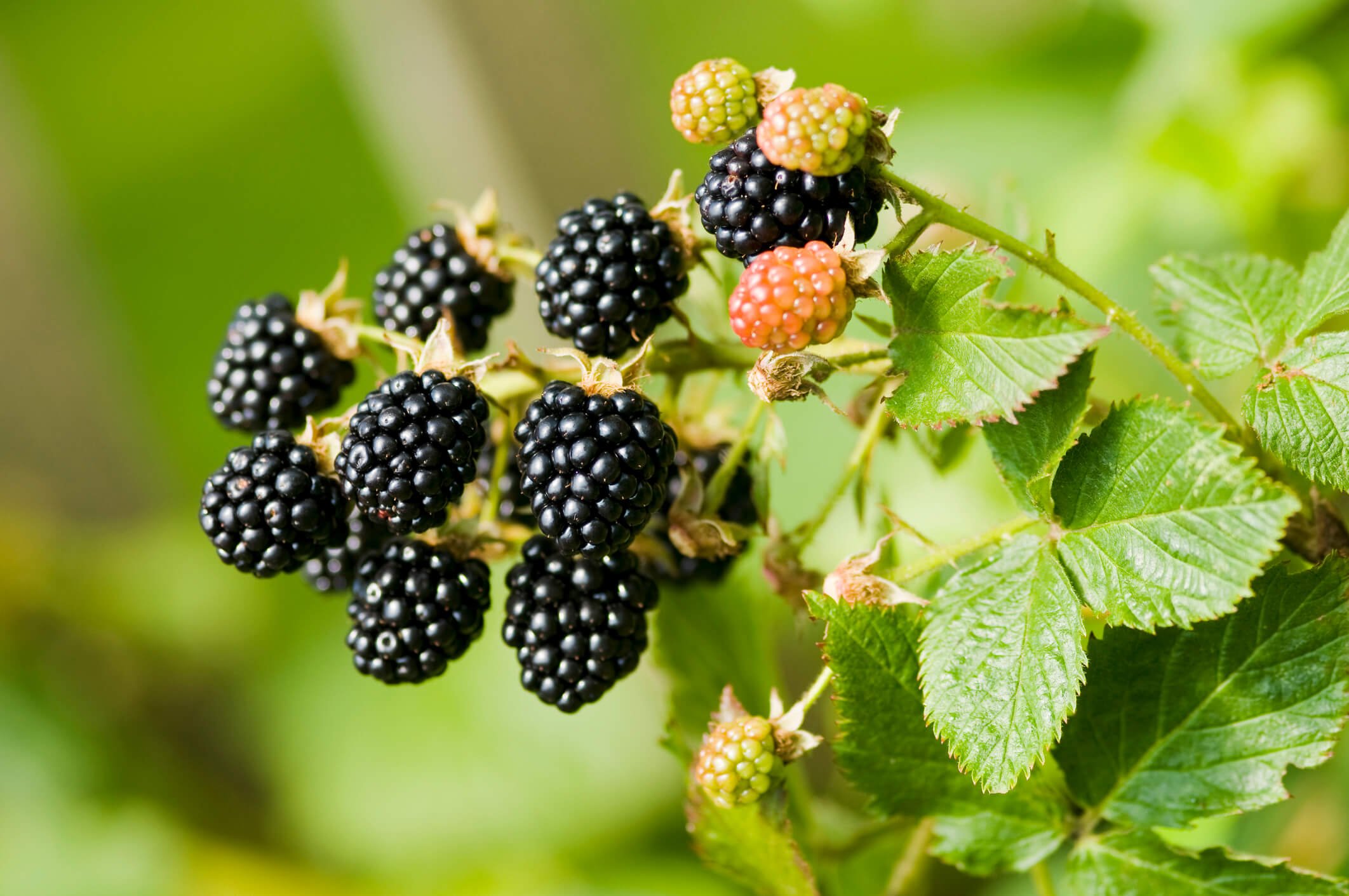Finding Edible Wild Berries in Texas
Let’s Have Some Foraging Fun!
Discover > Texas Home Cooking > Foraging > Finding Edible Wild Berries in Texas
Do you ever pass by wild berry bushes and wonder if those juicy little fruits are edible? Well, in Texas, there's good news: many wild berries are not just edible but delicious too! Foraging for wild berries is a fun and tasty way to connect with nature and learn about the local ecosystem, including the diverse array of wild plants and edible seeds that Central Texas and West Texas have to offer.
Discover the great outdoors, get some exercise, and uncover the medicinal properties of native plants like Japanese honeysuckle, as well as the sweet fruit that flourishes in sandy soil.
7 Edible Plants You Can Find in Texas
Connect with nature's pantry by discovering 7 edible plants you can find in Texas. Enhance your foraging knowledge and incorporate wild flavors into your cooking.
We'll introduce you to some of the most common edible wild berries found in Texas, including those with young leaves that were historically enjoyed by Native Americans. Our guide will lead you to where these wild edibles thrive and show you how to enjoy their flavors, allowing you to experience the unique bounty of Central Texas and West Texas.
Mustang Grapes
These small, tart grapes grow on vines that can be found along roadsides and in thickets in central and east Texas. They are high in Vitamin C and make great jam or jelly.
To make jelly, first boil the grapes until they burst, strain the juice, then add sugar and pectin. Voila! You've got a delicious spread for toast, scones, or biscuits.
When to Forage Mustang Grapes Texas
Mustang grapes start to ripen and become available for foraging from July to September. The grapes of the mustang grape vine are typically small and dark purple to black when fully ripe. They have a thick skin and a tart, tangy flavor.
When foraging for mustang grapes, look for clusters of fully ripe grapes that are plump and easily come off the vine when gently pulled. It's worth noting that the tart flavor of mustang grapes can be intense, so they are often used for making jelly, wine, or other culinary purposes.
Embark on a culinary adventure with our guide to foraging in Texas. Learn about local flora and fauna, and discover the delights of wild edibles.
Dewberries
Similar to blackberries (how long do blackberries last?), dewberries are sweet and juicy and grow on thorny vines. They can be found in open fields, wooded areas, along fence lines, and in woodland edges throughout Texas. Dewberries can be eaten fresh, mixed into smoothies lemon juice, or made into pies and cobblers. Just be sure to wear gloves or use scissors to avoid getting poked by the thorns.
Dewberries start to ripen and become available for foraging from April to June. The fruit of the dewberry plant resembles blackberries and is dark purple to black when fully ripe.
Dewberries have a sweet and juicy flavor. When foraging for dewberries, look for clusters of ripe berries that easily detach from the branches of the hardy plant, when gently pulled.
Be cautious of thorns on dewberry plants and consider wearing protective clothing or gloves while harvesting. Enjoy the delicious bounty of dewberries in Texas!
Texas Persimmons
These small, orange fruits grow on trees in the southwestern U.S., including Texas. They have a sweet, rich flavor and are high in antioxidants. Texas persimmons can be eaten fresh, dried, or made into jam or syrup.
To remove the seeds, simply press the fruit through a sieve or use a food mill. Texas persimmons start to ripen and become available for foraging from August to October.
When to Forage Texas Persimmons
The fruit of the Texas persimmon tree turns from green to a deep purple or black color when fully ripe and soft to the touch.
It's important to note that the flavor of Texas persimmons can vary, with some having a sweet taste while others with purple fruit may be more tart or astringent.
Foraging for Texas persimmons can be a rewarding experience, but be sure to properly identify the fruit and only harvest ripe ones for the best flavor.
Foraging Fun: Finding Edible Wild Berries in Texas
Experience foraging fun as we guide you through finding edible wild berries in Texas. Discover the delicious treasures that nature has to offer.
Blackberries
Perhaps the most well-known wild berries in Texas, blackberries grow on thorny vines in woodlands, pastures, and fence rows throughout the state. They are high in Vitamin C and fiber and are delicious on their own or in pies, cobblers, or jams.
Blackberry picking is a fun family activity that can be enjoyed in the late spring and early summer. Blackberries (Rubus spp.) can be foraged in Texas during the late spring and summer months.
When to Forage Blackberries in Texas
In general, blackberries start to ripen and become available for foraging from May to July. It's important to note that different blackberry varieties may have slightly different ripening times.
When foraging for blackberries, look for dark-colored berries that are plump and easily come off the plant when gently pulled. They should have a sweet aroma and taste.
Be mindful of thorns on blackberry plants and wear protective clothing or gloves when harvesting. Enjoy the flavorful bounty of blackberries in Texas!
Mulberries
These sweet, juicy berries grow on trees and are found throughout Texas. They come in a range of colors, from red to black, to green berries and can be eaten raw, made into jam, or baked into pies and pastries.
Mulberry leaves can also be made into tea, which is said to have a calming effect.
When to Forage Mulberries in Texas
Mulberries (Morus spp.) can be foraged in Texas during the late spring and early summer months. The exact timing may vary depending on the growing conditions, the specific location within Texas and the species of mulberry tree.
In general, mulberries start to ripen and become available for foraging from May to June. It's worth noting that different mulberry varieties may have slightly different ripening times.
The fruit of the mulberry tree is typically dark purple or black when fully ripe and can be harvested by hand. Remember to check for ripeness by gently squeezing the fruit—ripe mulberries should be soft and juicy. Enjoy foraging and sampling the delicious berries!
Mexican Plum
Mexican plum (Prunus Mexicana) is a native shrub to Texas and other parts of the southwestern United States. Featuring fragrant white blooms in the spring, this shrub produces small but flavorful plums in the late summer and early fall.
These plums are tart and juicy with a unique flavor that is unlike any other variety of plum. Mexican plum trees and shrubs can be found in open fields, along fence lines and in woodlands throughout Texas.
Texas Real Food Guide for the Gluten-Free Community
Explore our comprehensive Texas Real Food Guide tailored for the gluten-free community. Discover gluten-free dining options and culinary delights across the Lone Star State.
When to Forage Mexican Plum in Texas
The fruits and flowers of the Mexican plum tree are not only delicious but they are also packed full of health benefits as well.
They are high in Vitamin C, antioxidants, dietary fiber, potassium and magnesium which all help support healthy digestion, immunity and cardiovascular function.
The leaves and bark of the Mexican plum tree can also be used to make a tea which is said to promote relaxation and stress relief.
In Texas, the Mexican plum typically ripens and becomes available for foraging in late summer to early fall. The exact timing may vary depending on the specific location within Texas and the prevailing weather conditions of the year.
Generally, you can start looking for ripe Mexican plums from late July to September. The fruit is small and often a dark red, purple or reddish in color when fully ripe.
It's important to note that foraging should only be done with proper identification and caution, as some wild plums may resemble the Mexican plum but may not be safe for consumption.
Wild Strawberry
Wild strawberry (Fragaria texana) is a native berry of Texas that can be found in open fields, along fence lines and in woodland edges throughout the state.
These small, bright red berries have a sweet and juicy flavor that is reminiscent of garden-grown strawberries, making them a great addition to jams and pies. Wild strawberry plants are also loaded with Vitamin C and dietary fiber, making them a great addition to the diet.
When to Forage Wild Strawberries in Texas
Wild strawberries (Fragaria texana) in Texas typically begin to ripen and become available for foraging in late spring or early summer.
The exact timing can vary depending on the specific location within Texas and the prevailing weather conditions of the whole year round.
In general, you can start looking for ripe wild strawberries from late April to June. It's important to note that the wild strawberry season can be relatively short, lasting only a few weeks, so it's a good idea to keep an eye out for them during that period.
Wild Berry Foraging Adventures in Texas
Foraging for wild berries in Texas is a fun and tasty way to connect with nature and learn about local and native edible plants here.
Texas Plants You Didn't Know You Could Eat
Expand your culinary horizons by learning about Texas plants you didn't know you could eat. Uncover the unexpected edible treasures growing in the Texas landscape.
Whether you're a seasoned berry picker or a curious beginner, there are plenty of delicious fruits to discover. Just be sure to use a field guide or consult with a local expert to ensure that you're picking the right berries and avoiding any poisonous plants.
As you can see, Texas has an abundance of wild berries that can be enjoyed by the whole family. From sweet Mustang Grapes to tart Dewberries and everything in between, foraging for these fruits is a fun way to connect with nature and learn about local plants. So put on your walking shoes and go explore! Happy foraging!
Explore the health advantages of plums and diverse recipes. Also, learn the seasonal availability of plums at Farmers Markets in Texas!









